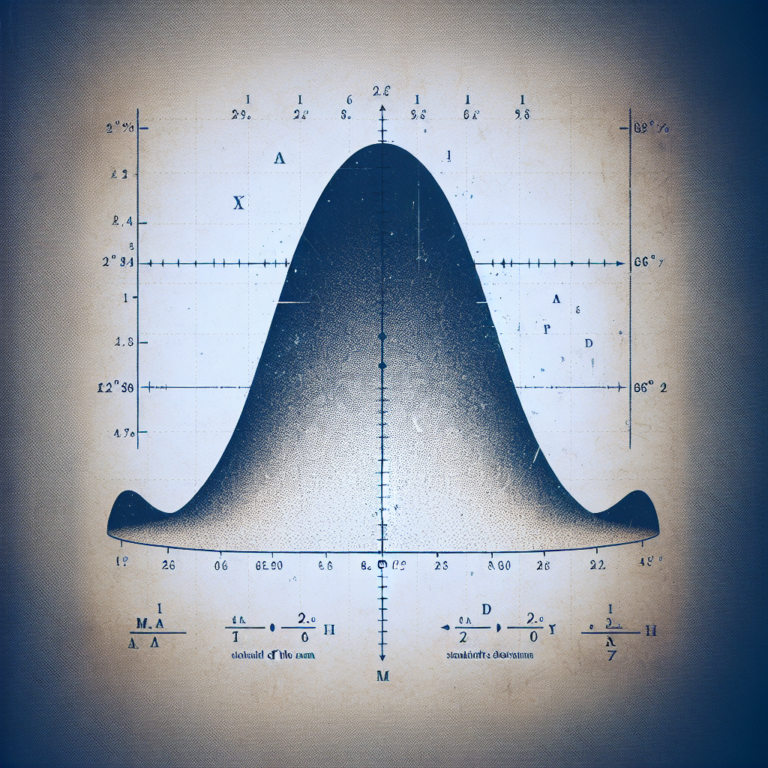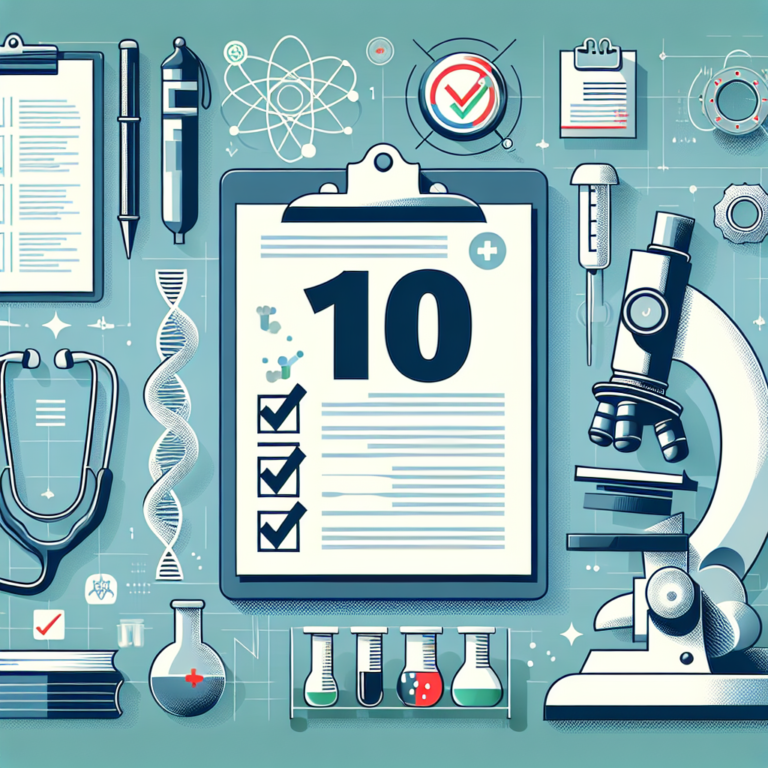A Beginner’s Guide to Statistical Analysis with R
Statistical analysis plays a crucial role in the field of medicine, allowing medical professionals to draw meaningful insights from data to make informed decisions. As a leading provider of statistical analysis services for medical doctors, StatisMed understands the importance of leveraging tools like R for statistical analysis. In this article, we will provide a beginner’s guide to statistical analysis using R, covering essential concepts and techniques to help you get started on your data analysis journey.
Introduction to R
R is a powerful programming language and software environment for statistical computing and graphics. It is widely used by data analysts, statisticians, and researchers for data analysis and visualization. R provides a wide range of statistical and graphical techniques, making it a versatile tool for analyzing complex data sets.
Setting Up R
Before diving into statistical analysis with R, you need to install R and RStudio, an integrated development environment (IDE) for R. RStudio provides a user-friendly interface for writing and running R code, making it easier to work with R scripts and visualize data 1.
Basic Statistical Analysis
Once you have R and RStudio set up, you can start performing basic statistical analysis. R allows you to import data from various sources, such as CSV files or databases, and manipulate the data using data frames. You can then use built-in functions in R to perform statistical calculations, such as calculating means, standard deviations, and correlations.
Data Visualization with R
One of the strengths of R is its visualization capabilities. R provides a wide range of packages for creating various types of plots and charts, such as scatter plots, histograms, and box plots. Data visualization is an essential tool for exploring and interpreting data, as it allows you to identify patterns and trends visually.
Advanced Statistical Analysis
In addition to basic statistical analysis and data visualization, R also supports advanced statistical techniques, such as linear regression, ANOVA, and clustering. By using specialized packages in R, you can perform sophisticated analyses to uncover relationships in your data and make predictions based on statistical models.
Conclusion
In conclusion, R is a versatile tool for statistical analysis in the field of medicine. By learning how to use R for data analysis, medical professionals can make better decisions based on evidence and data-driven insights. If you need assistance with statistical analysis for your medical research, consider reaching out to StatisMed for expert support and guidance.
By following this beginner’s guide to statistical analysis with R, you can enhance your analytical skills and leverage the power of data to drive better medical outcomes. Start your journey with R today and unlock the potential of statistical analysis in medicine.
[ad_2]




